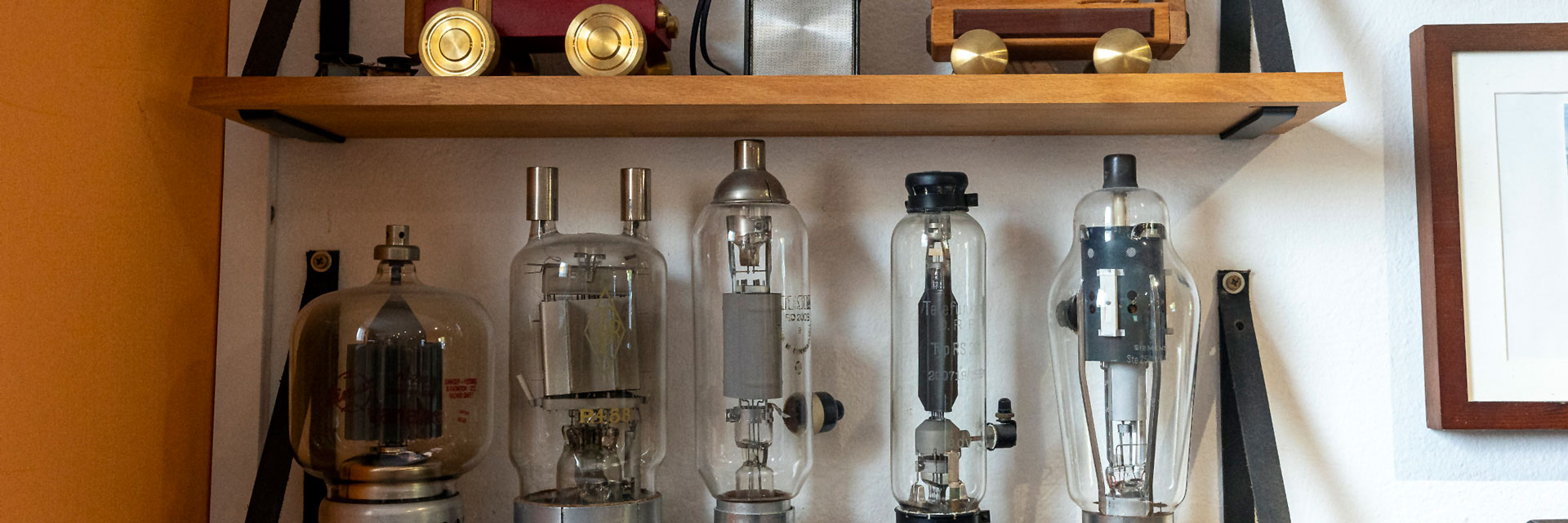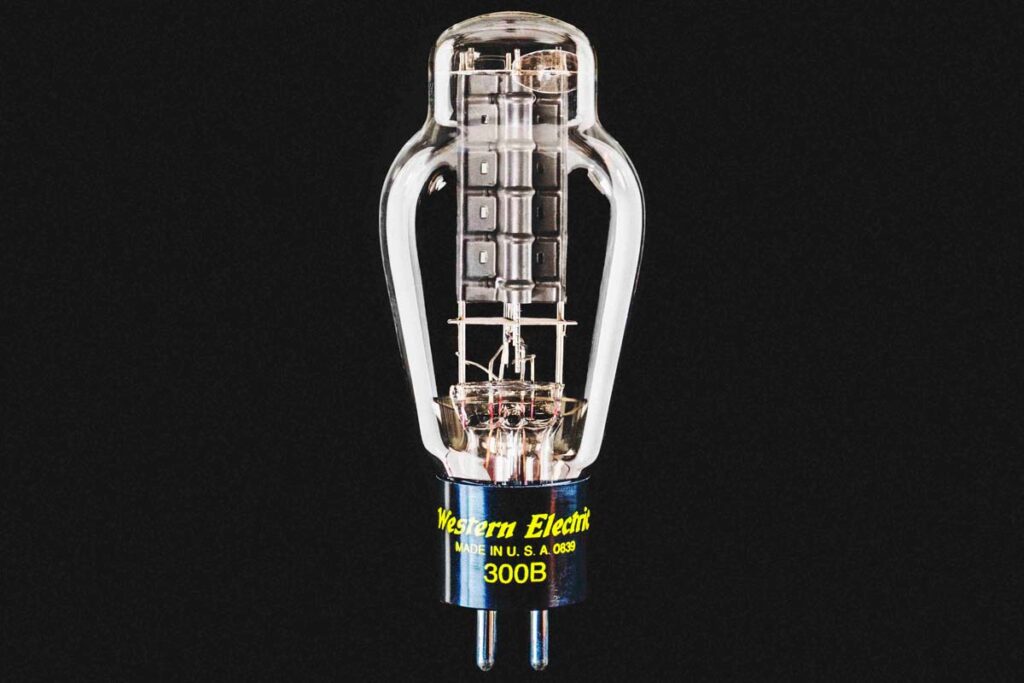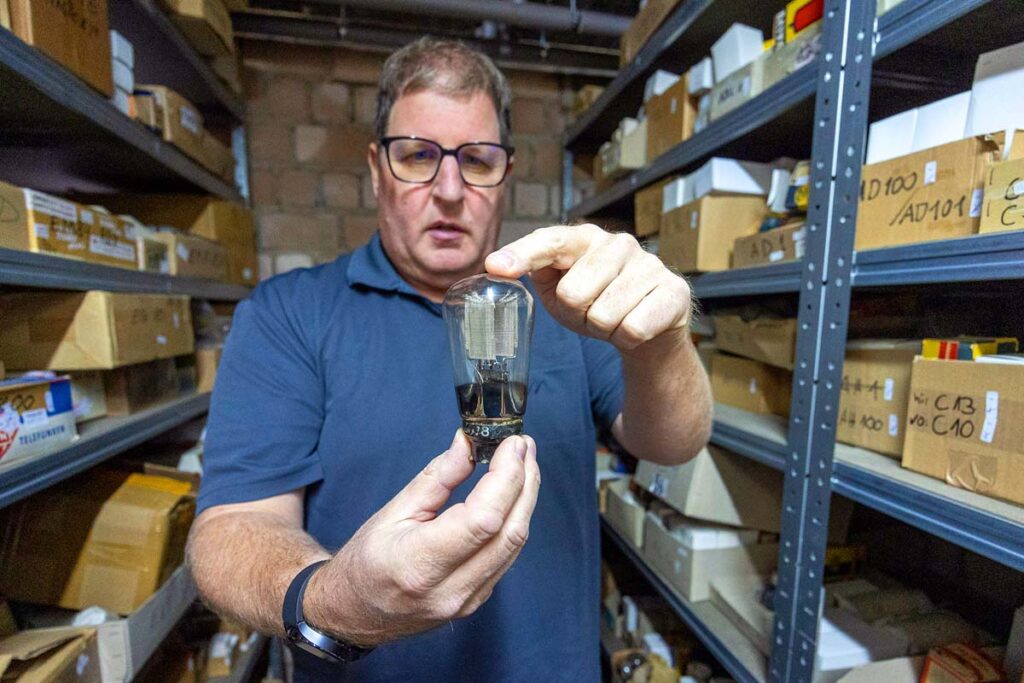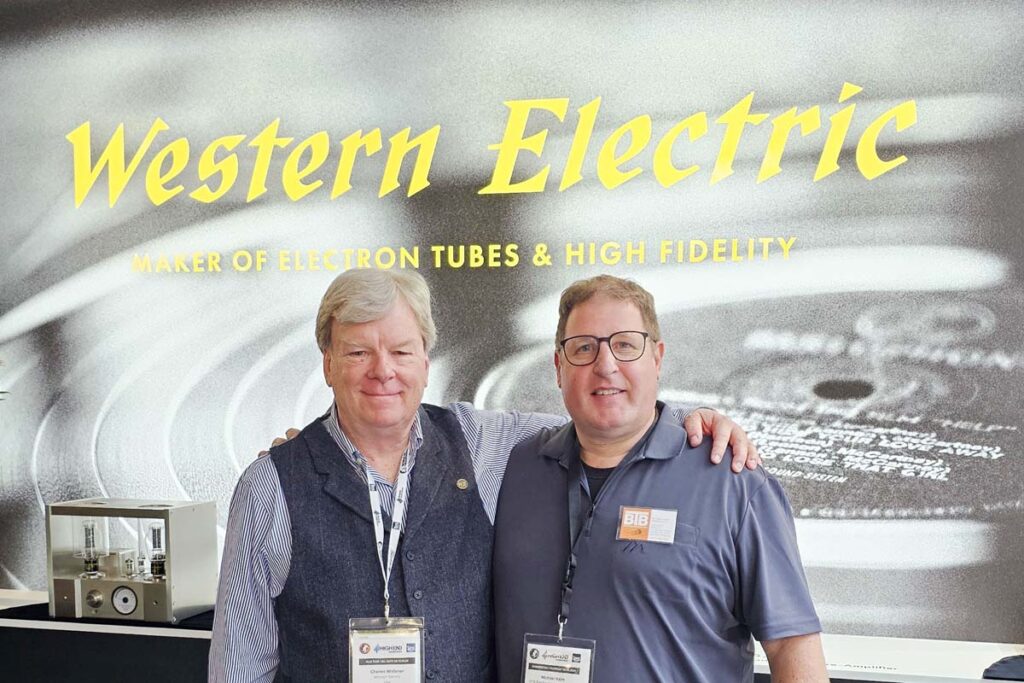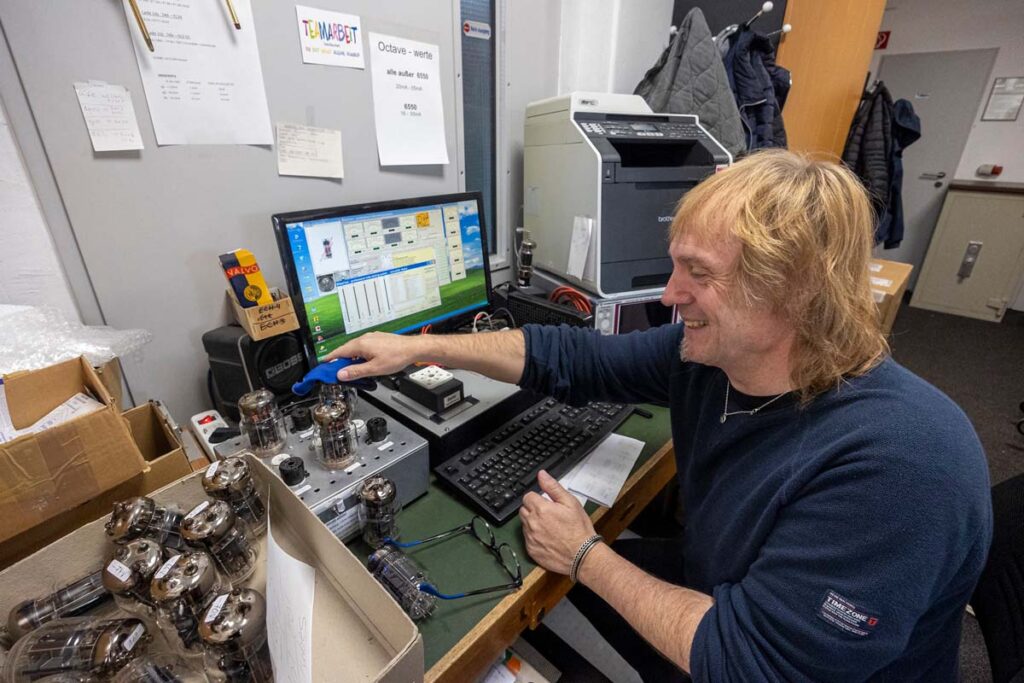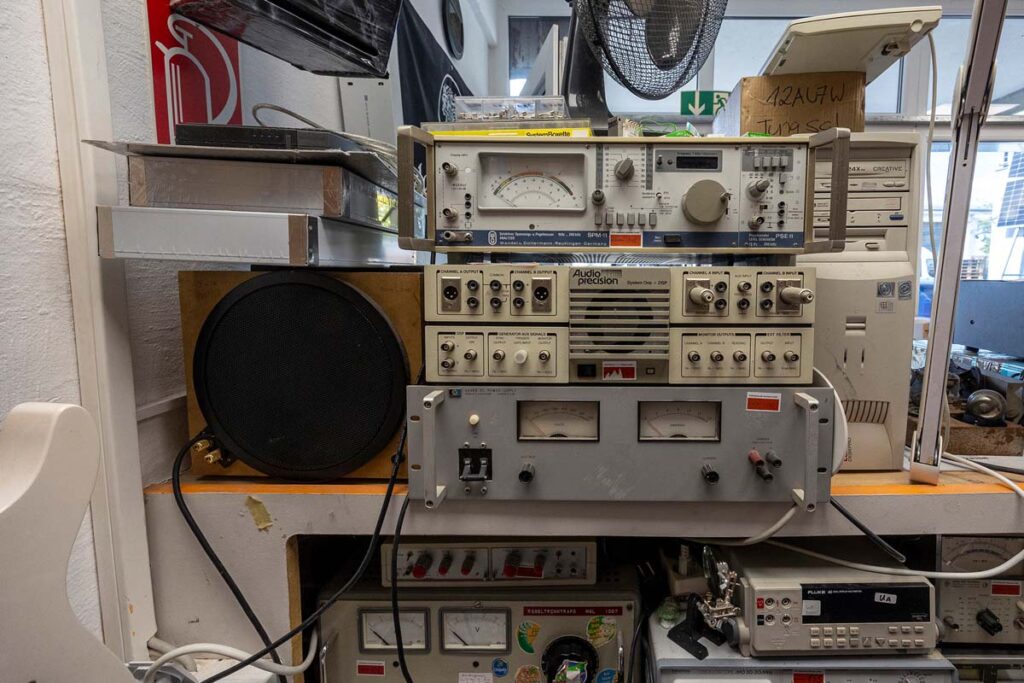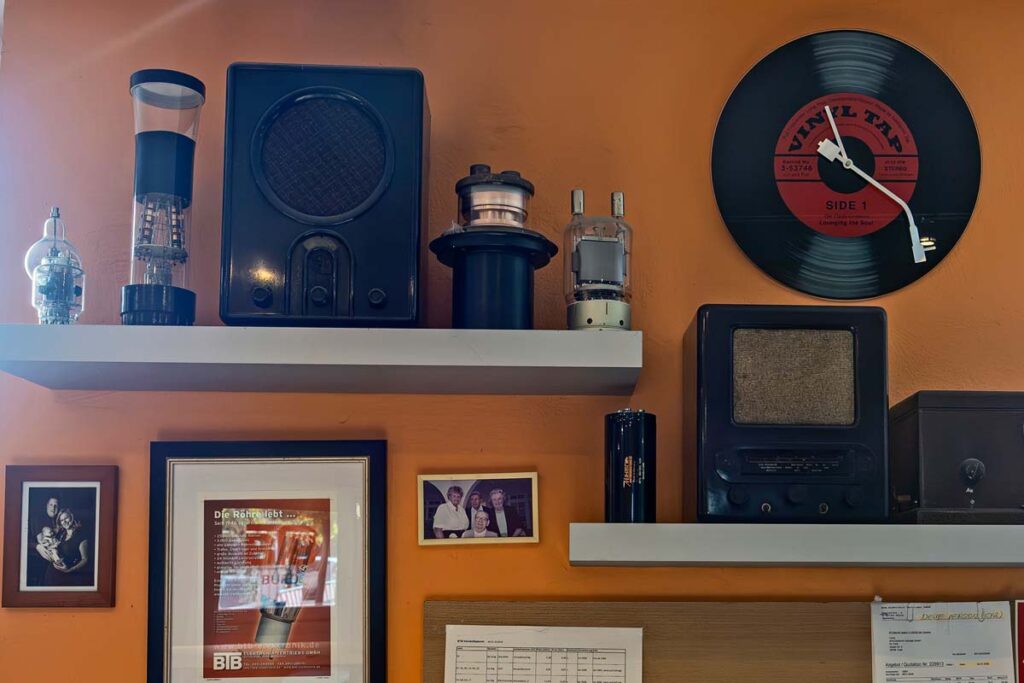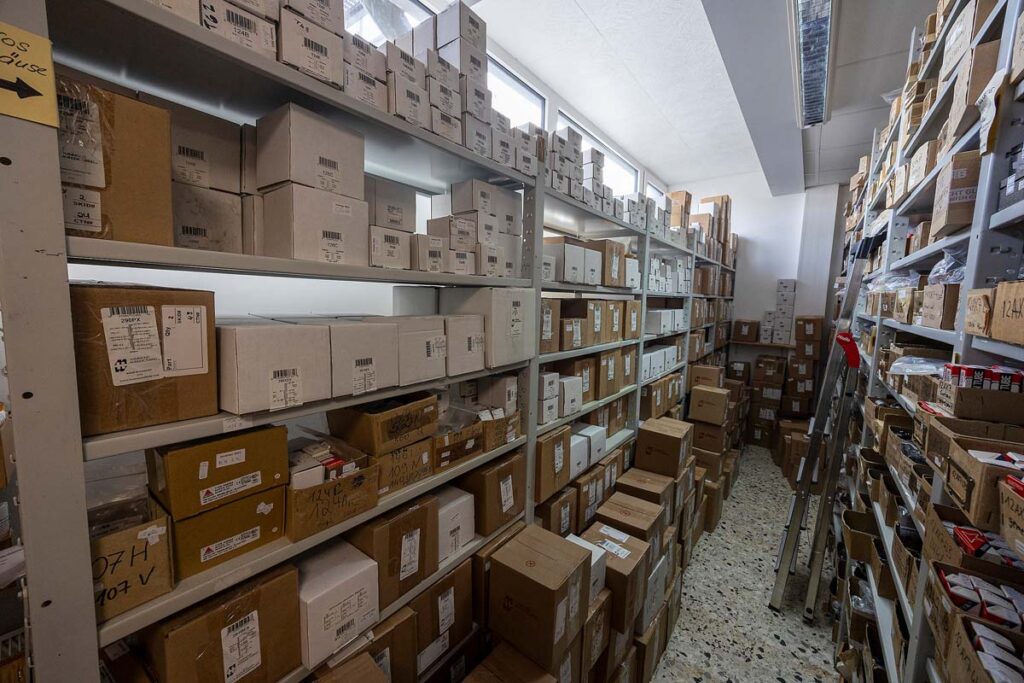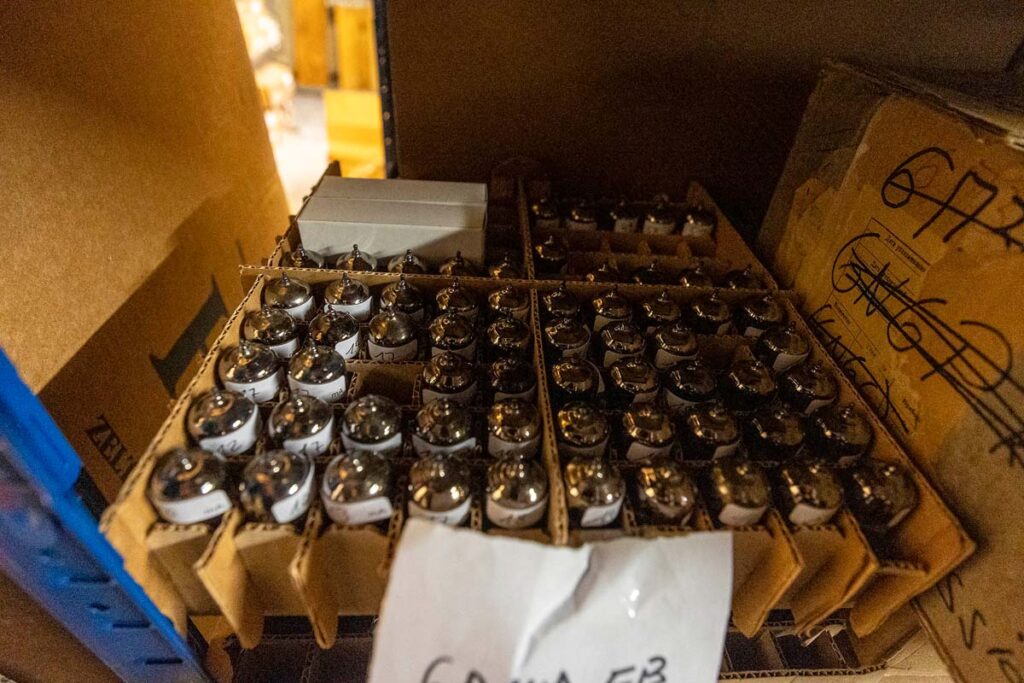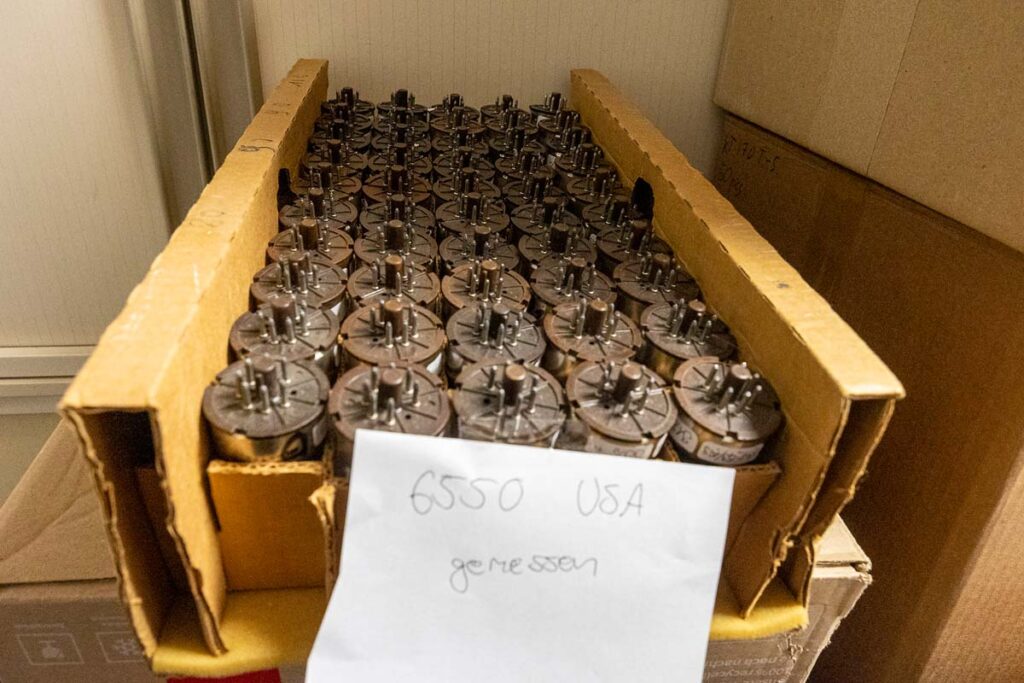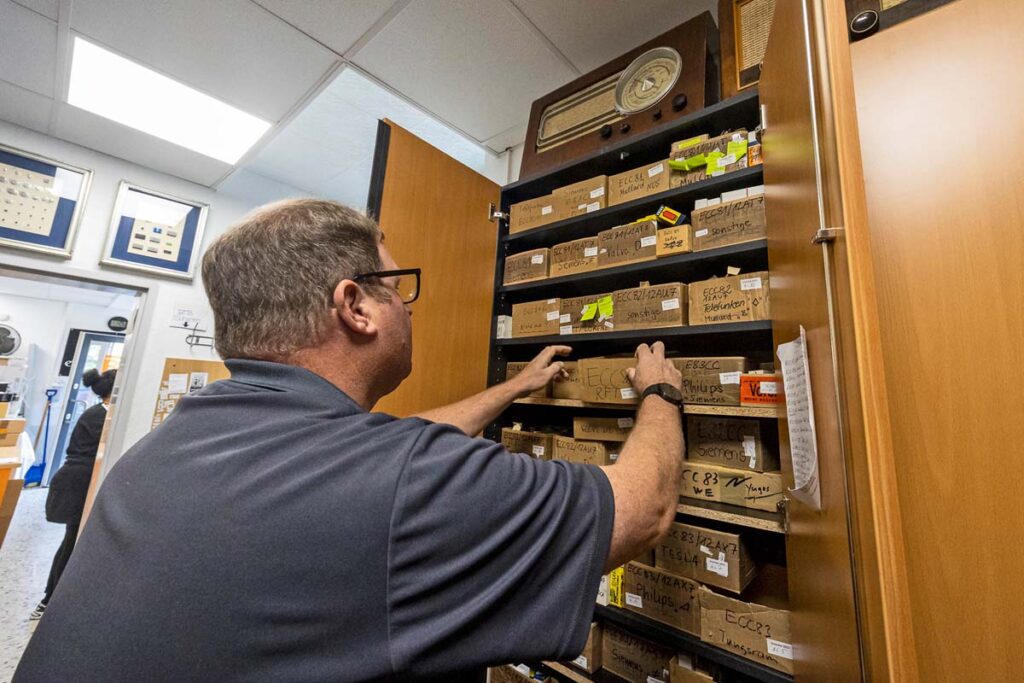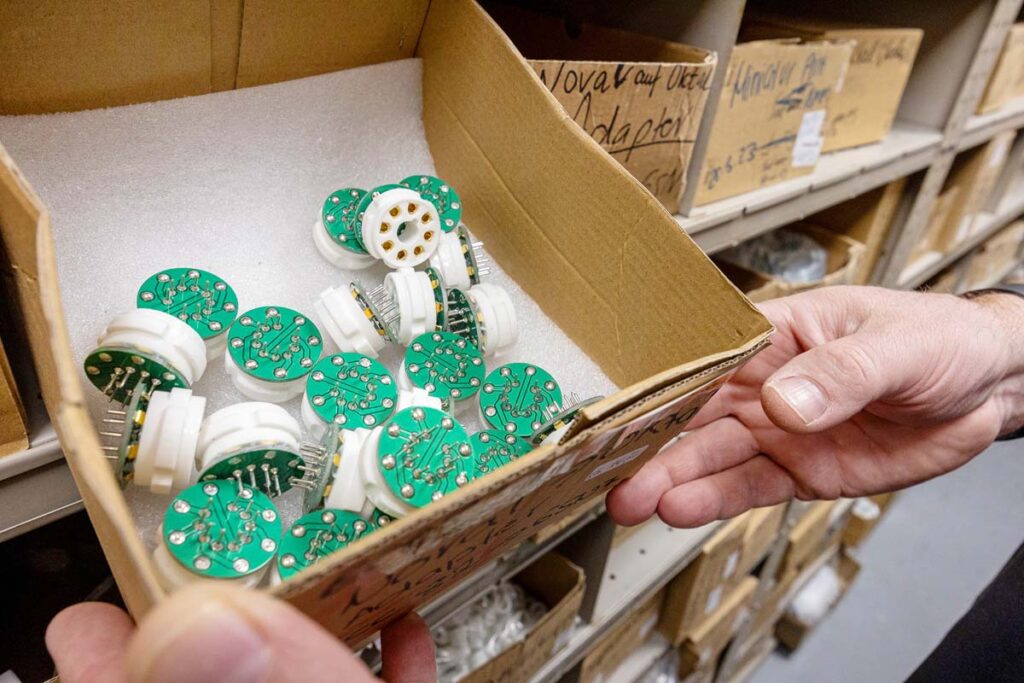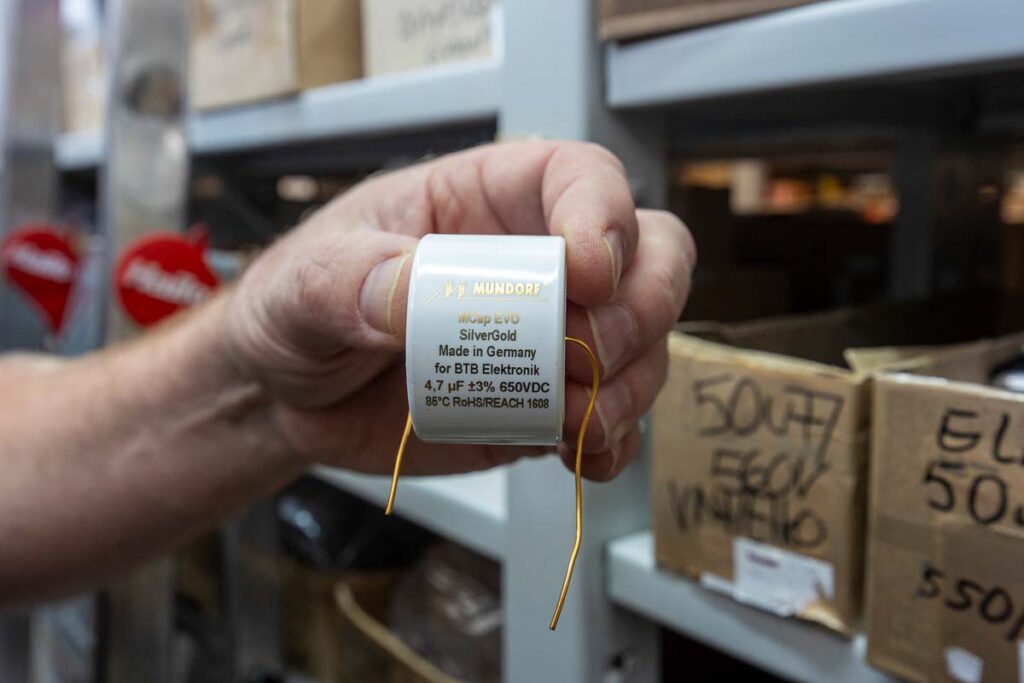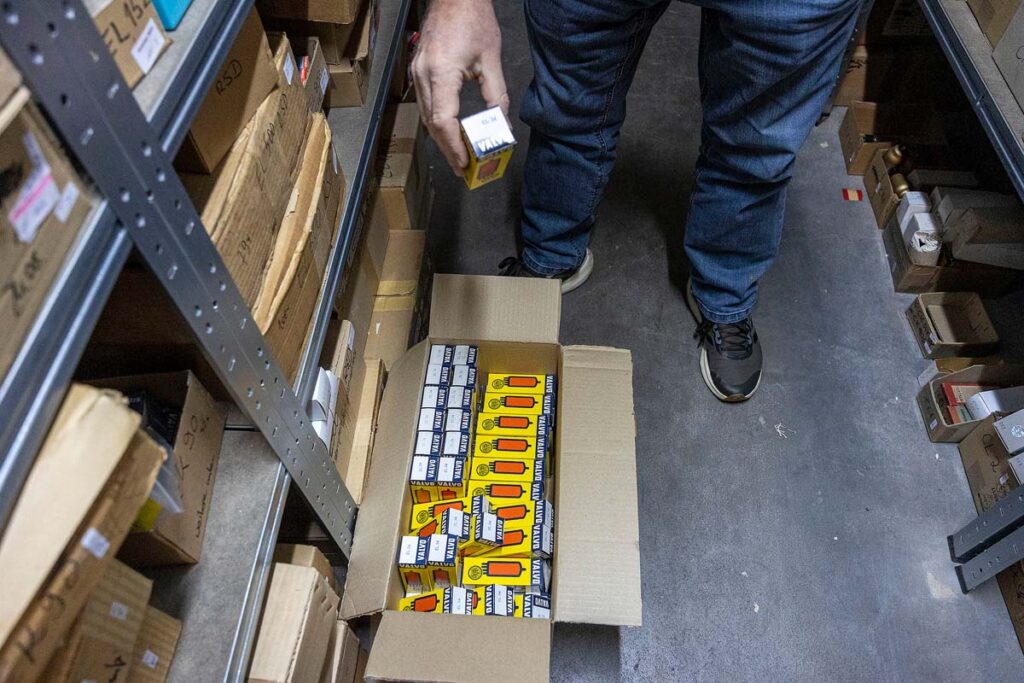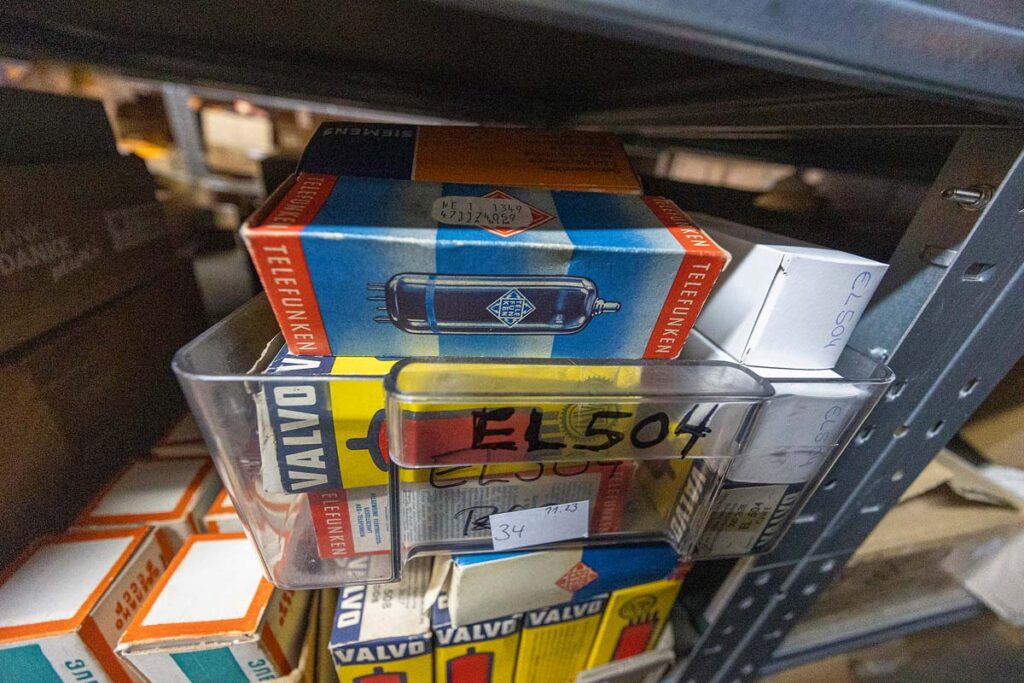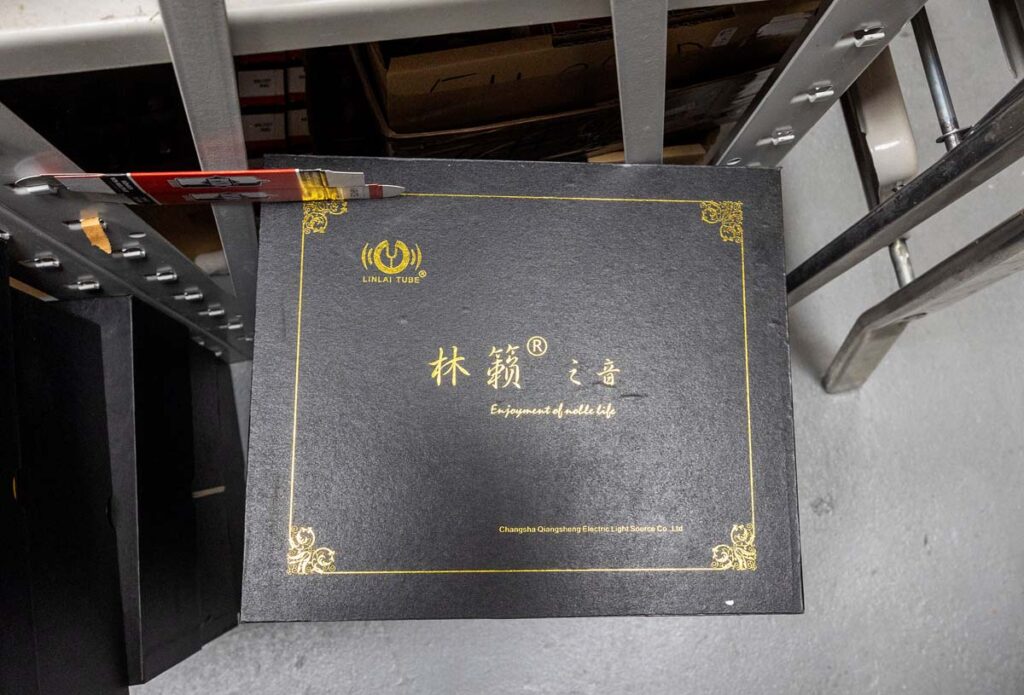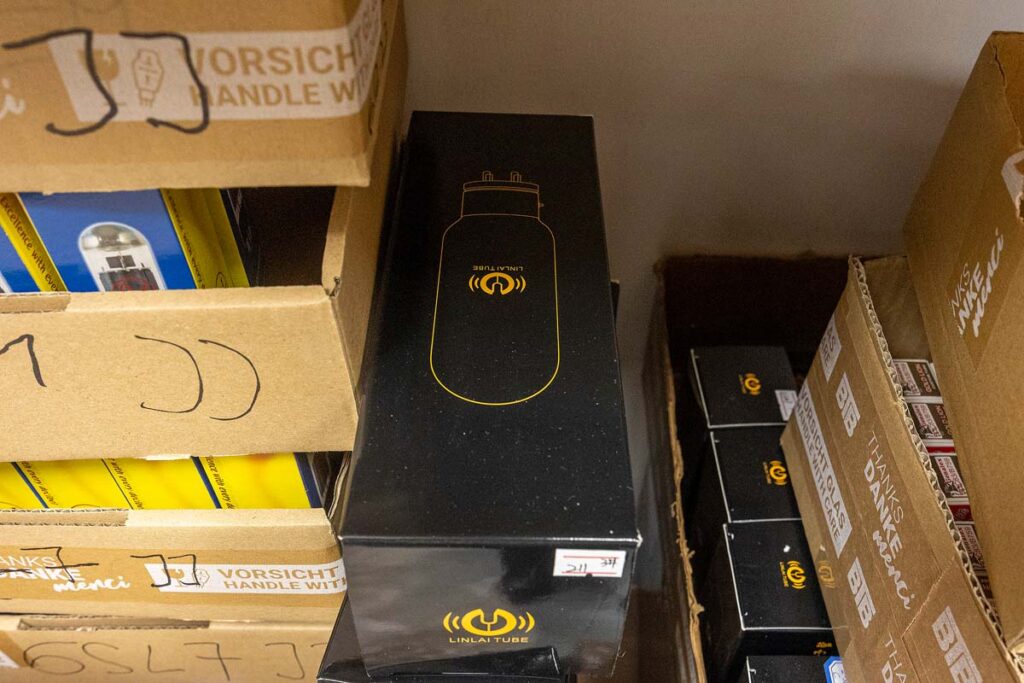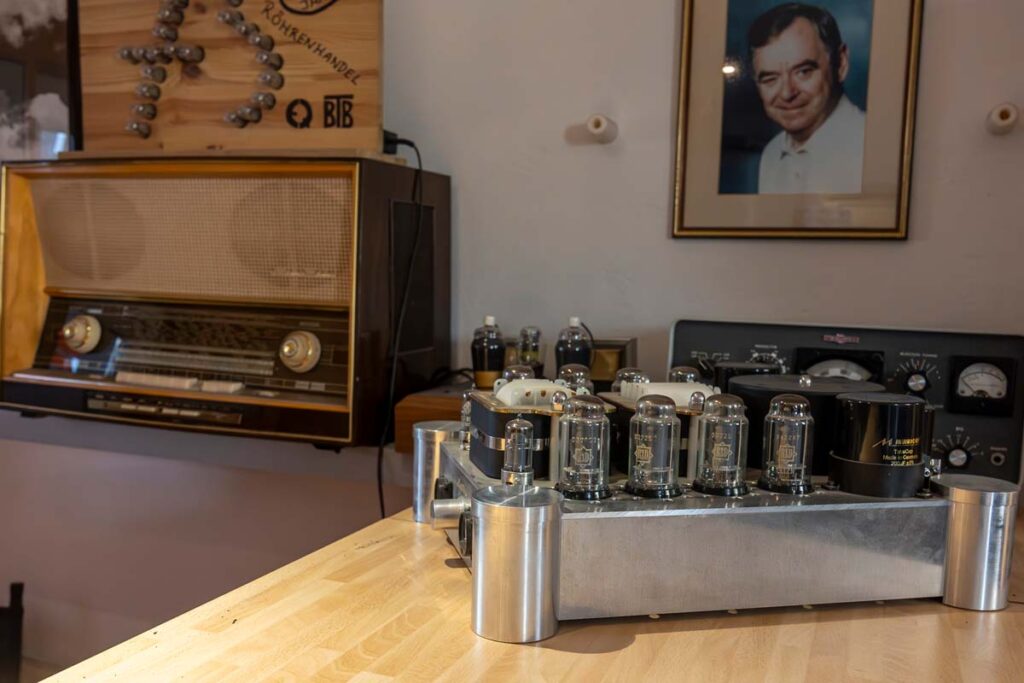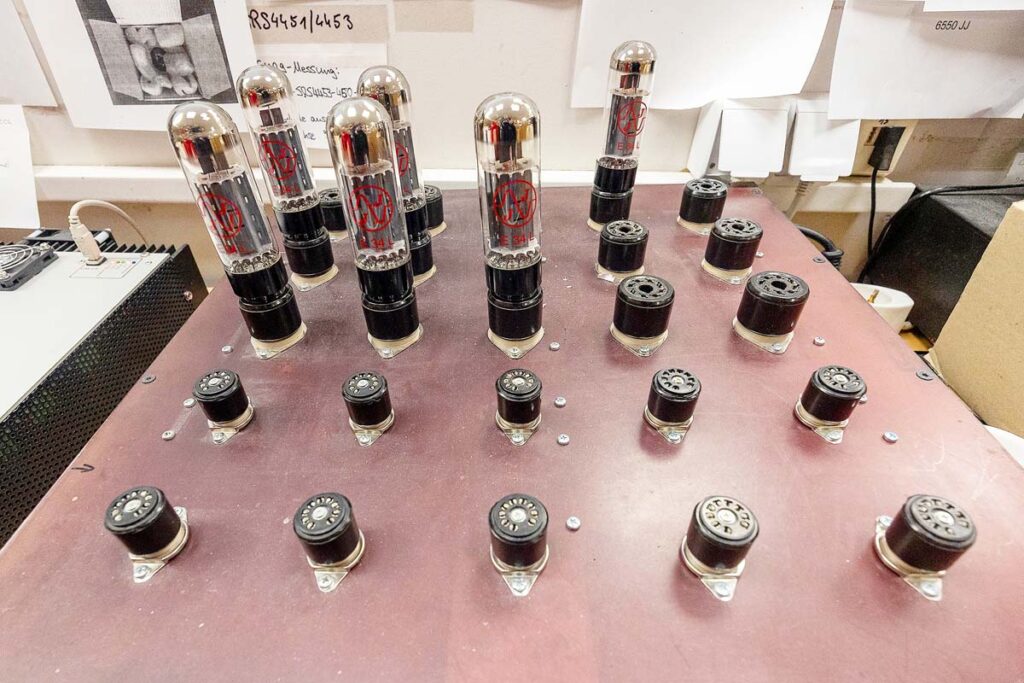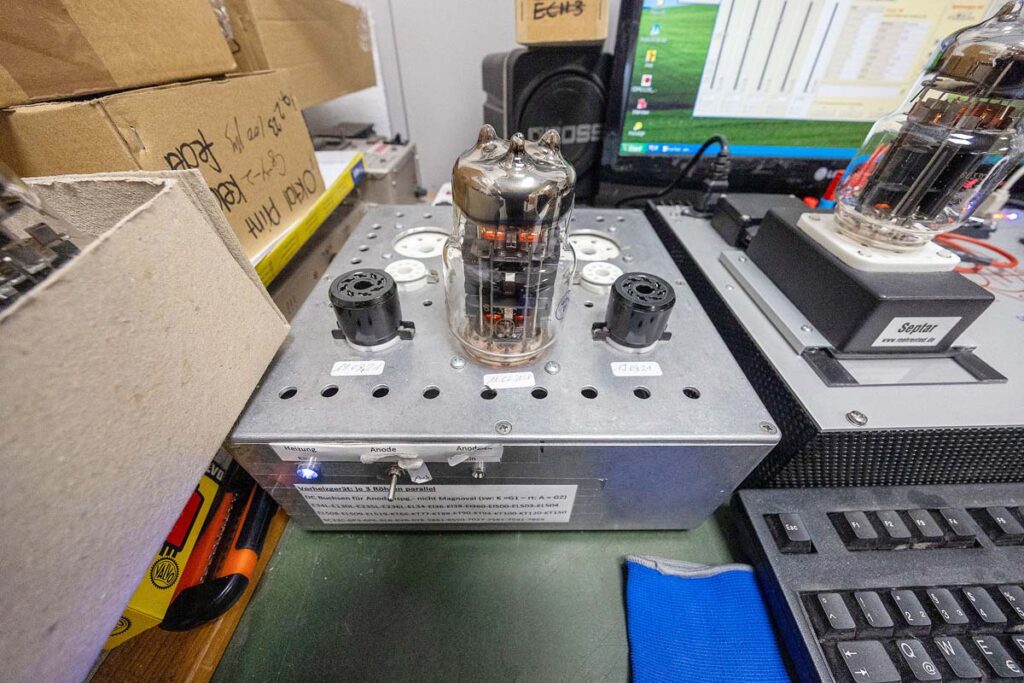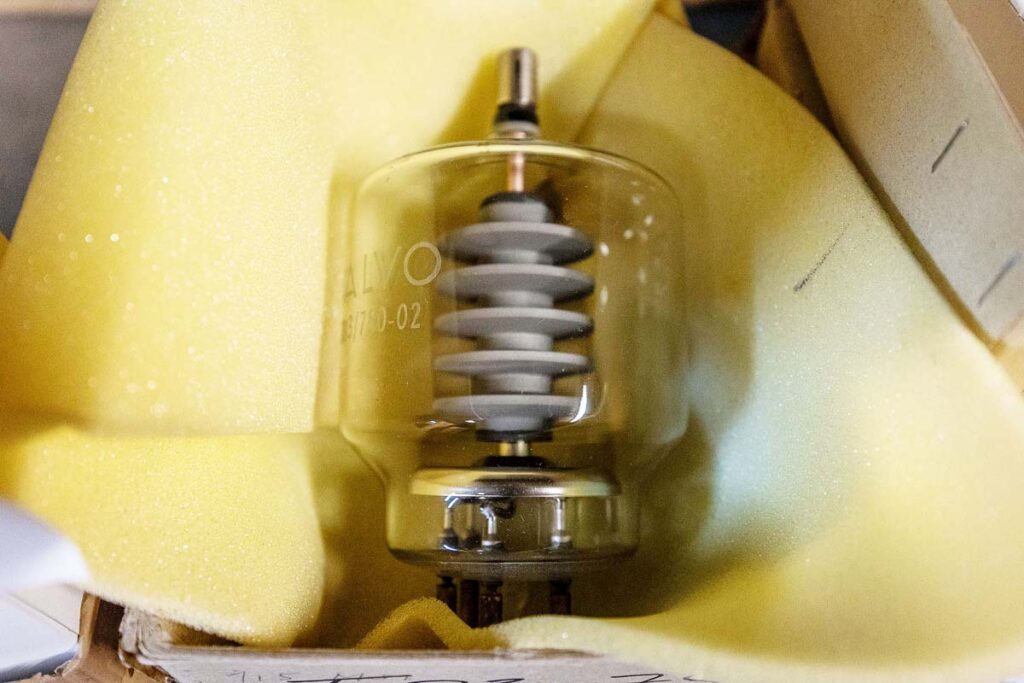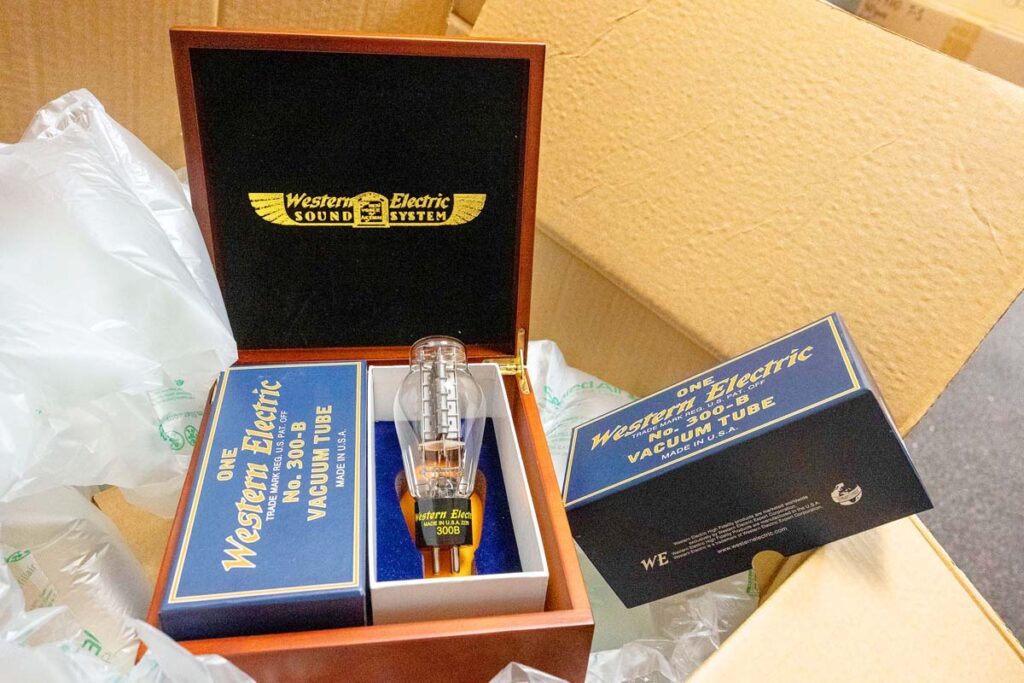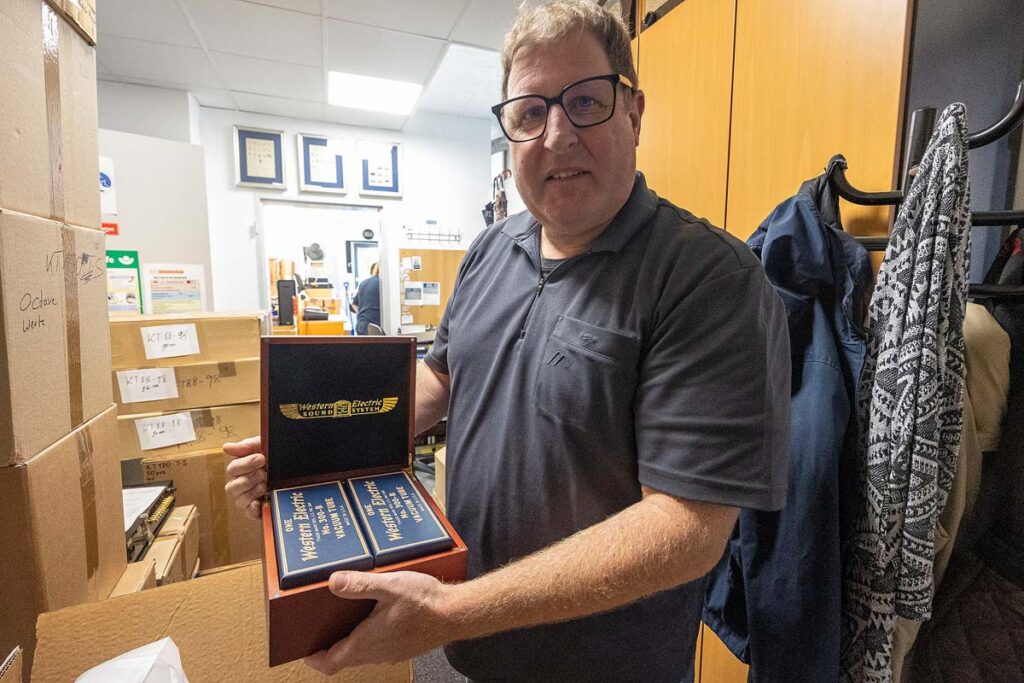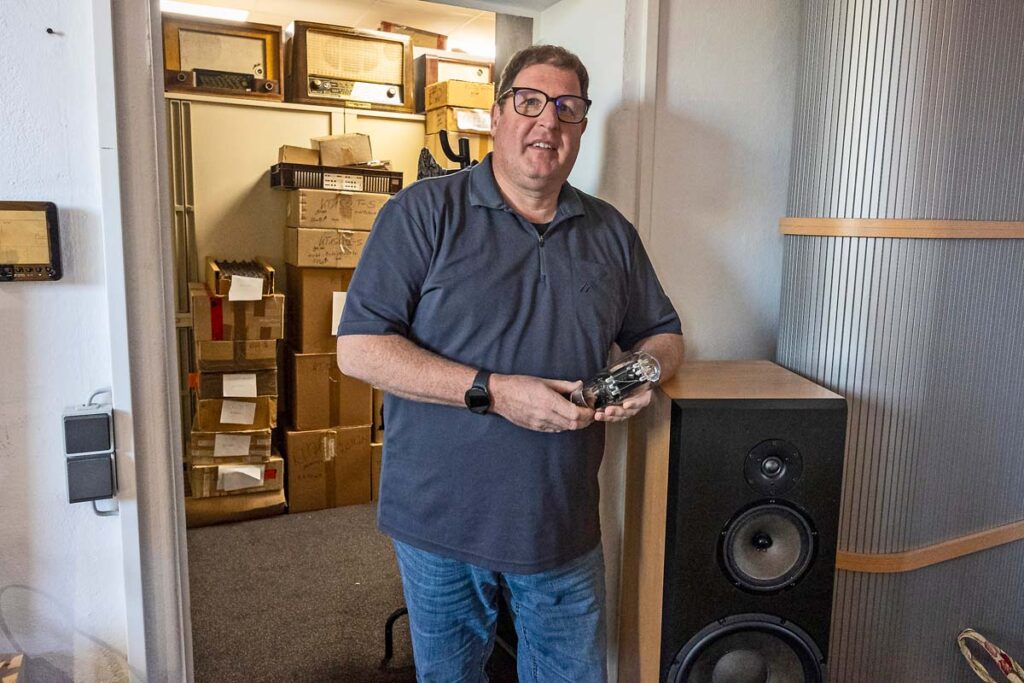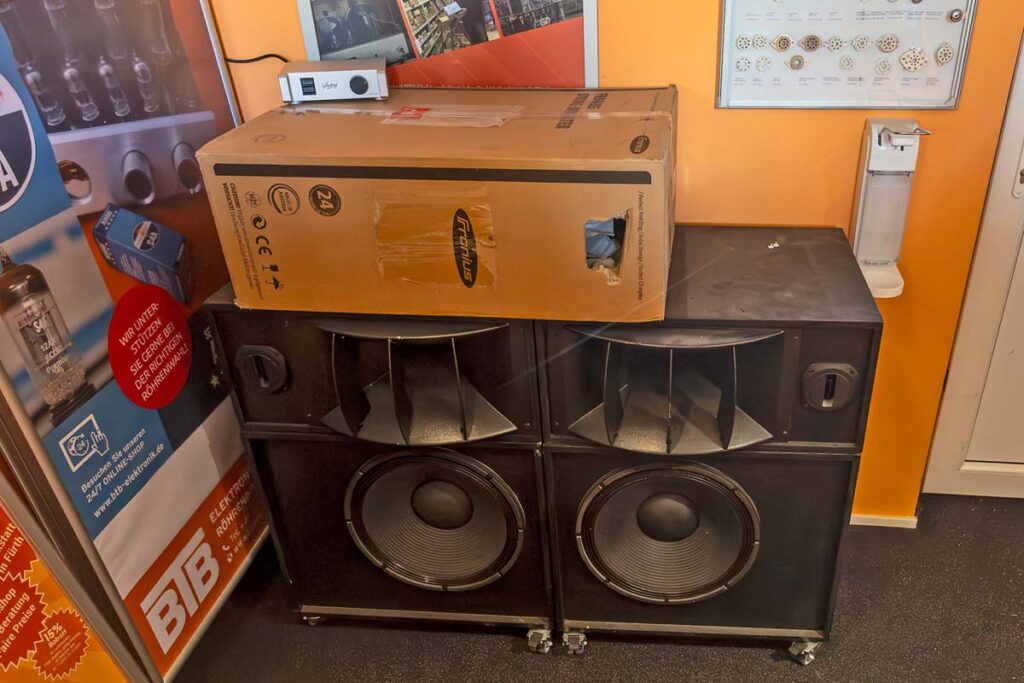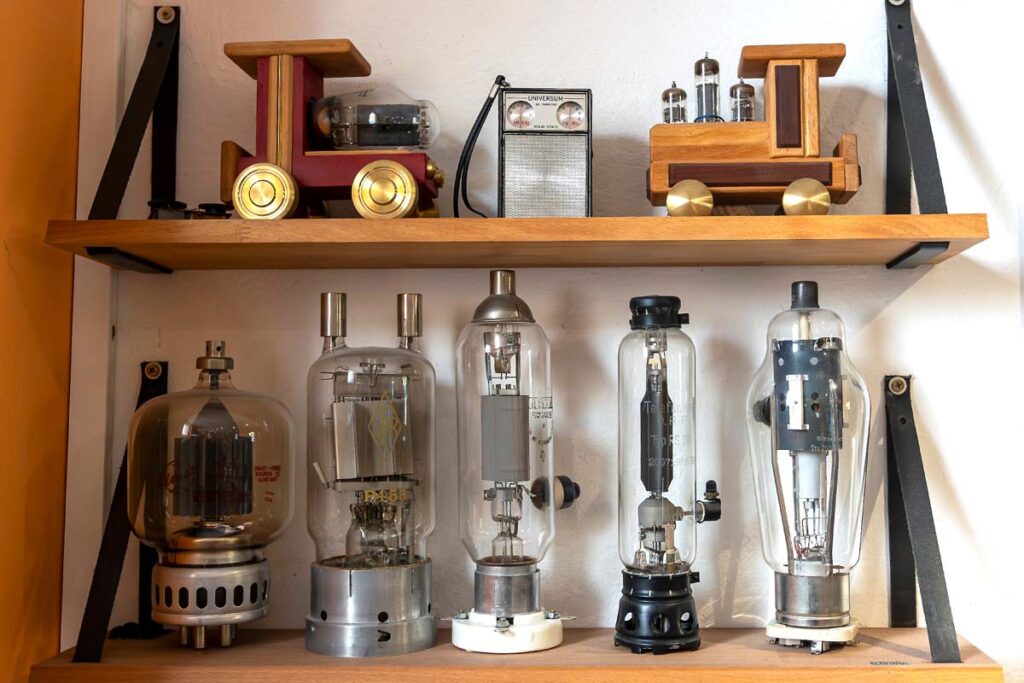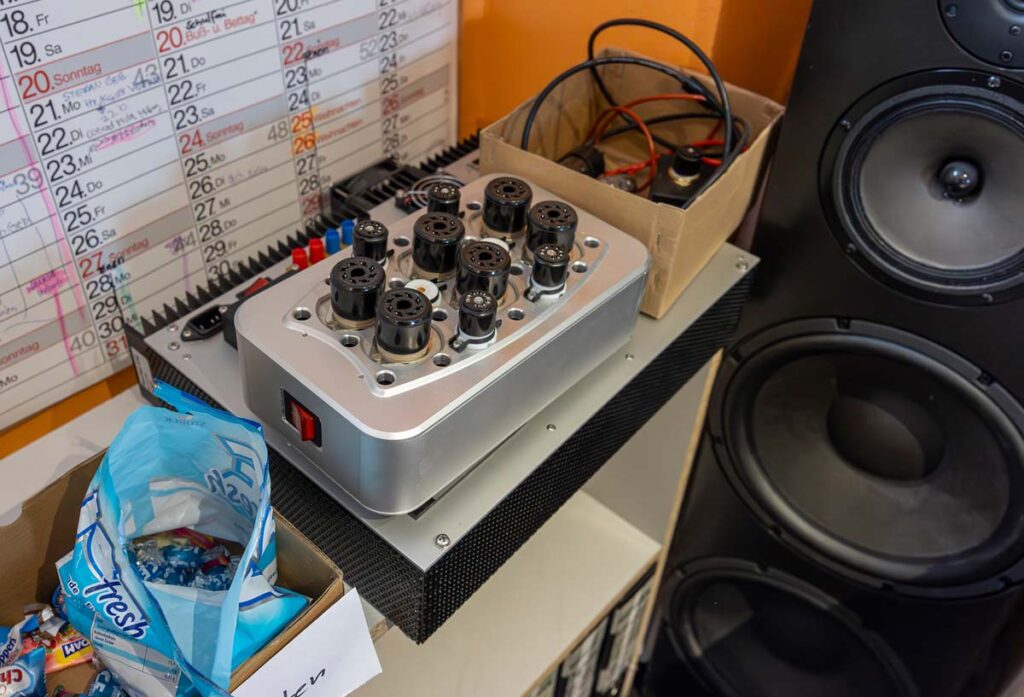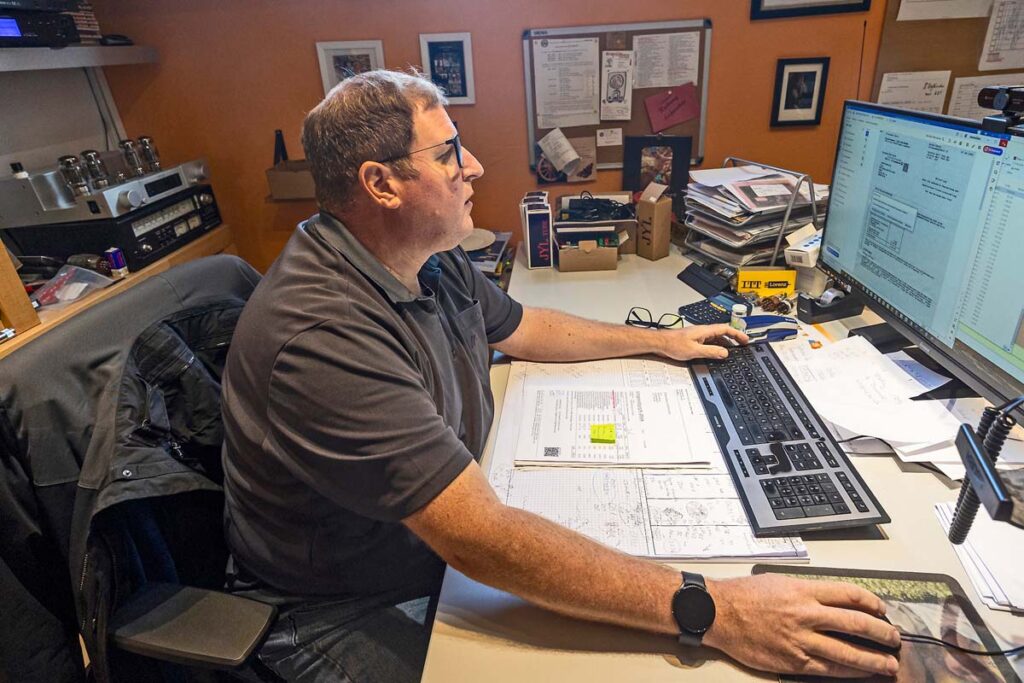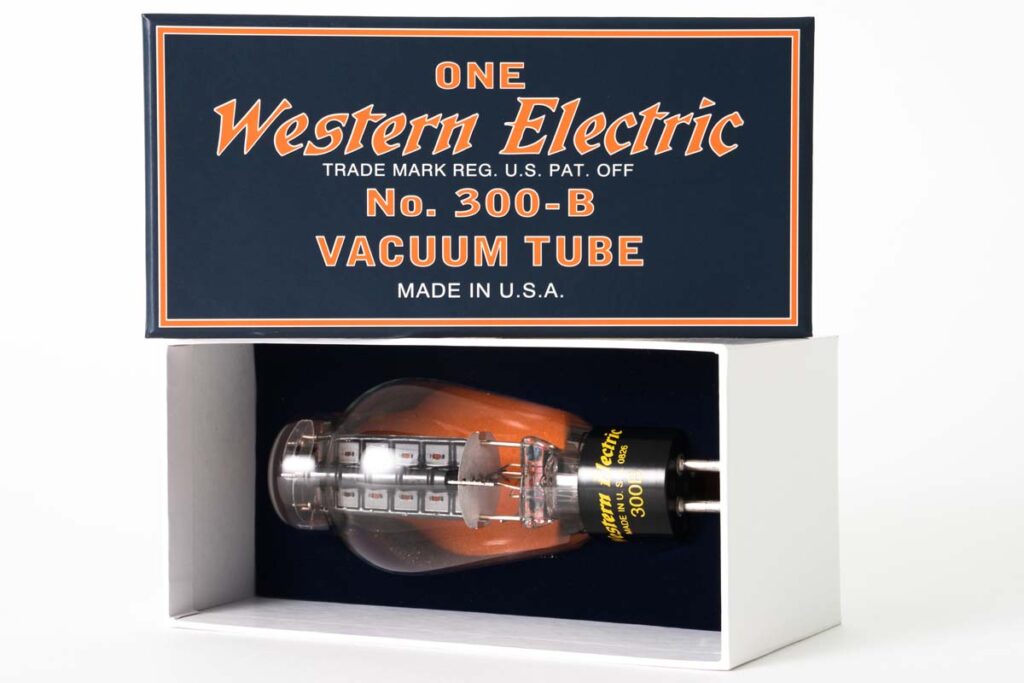The number of tubes is in the hundreds of thousands. The extensive warehouse at BTB Elektronik in Fürth is home to one of the largest stocks of electronic tubes in the world. When the Middle Franconian company “We have them all”, it’s not just some pompous slogan – it’s quite simply the truth. The FIDELITY editorial team visited the tube paradise in the north of Fürth and had a chat with company boss Michael Kaim about the tube fan’s favorite playground: tube rolling.
The analog lovers among the high-enders would never openly admit what makes the phenomenon of tube amplifiers so fascinating: the play factor. While replacing sonically significant parts in transistor amplifiers will inevitably devolve into a major soldering operation, the same operation only requires a few simple steps in tube designs. Specialist workshops or developers such as Nelson Pass and perhaps a few “high-end dabblers” would dare take a soldering iron to a transistor amplifier. but certainly not the masses of hi-fi enthusiasts. Tube amplifiers are much better suited as a “playground for sound experiments”, provided you always bear in mind that electron tubes carry operating voltages of several hundred volts – improper handling is life-threatening.
As a rule, solid state amplifiers are “finished” designs that should not be tampered with unless you are really confident in the subject matter and ideally blessed with a sound education as an electrical engineer or at least as an electronics technician, if you value your life and health. Messing around with tubes is also risky – but at least it is possible to “tune the sound” of an amplifier without an academic degree; only some knowledge of the mechanical properties of tubes and the associated devices is required. With a little practice, “Tube rolling”, i.e. the targeted replacement of preamp and power amp tubes, proves to be no problem. This possibility of taking influence on the sound tuning of a device has long since become a trend. Take a solid starting point in the form of an integrated tube amplifier or a power amplifier and then examine the sonic effect of the tube replacement.
“However, care should always be taken to ensure that the electrical properties are compatible,” emphasizes Michael Kaim. Kaim, a trained electronics engineer and head of BTB, has seen many things in his business life – including amplifiers that were wrecked during tube rolling because the only thing that was taken into account when replacing the tubes was the pin assignment of the socket – so-called octal or noval sockets with eight or nine plug contacts are common. This alone won’t do if you want decent sound quality as a result.
Take, for example, the small Italian tube amplifier Unison Simply Italy, which the writer of these lines has owned for some time now and which sounds as grandiose as it does not least thanks to it being fitted with selected premium tubes: ECC82 tubes are at work in the preamplifier section; EL34 tubes are responsible for the power amplification and deliver some eight Watts per channel in the single-ended circuit used here, in which one tube has to amplify both half-waves of the sine wave. With reasonably efficient loudspeakers, whose sensitivity should ideally be north of 90 decibels, these eight watts are sufficient for much more than moderate listening levels. If the amplifier goes into clipping, it announced it early on, gently indicating you to turn down the volume a little.
Anyone who tinkers with the tube assembly typically has one of two things in mind: Either he or she is looking for a sonic improvement, like a more sonorous bass and/or clearer treble. Or an increase in performance within the given amplifier circuit. Michael Kaim clearly warns against tuning objective number two: “You can squeeze one or two watts more out of a circuit by replacing tubes, but if the tubes used don’t match the concept of the amplifier, this can potentially cause damage as severe as blown output transformers or, in the best case, greatly reduced service life of the tubes because their specs don’t match what the circuit design asks for,” says Kaim. It is also important to bear in mind that there are tubes of the same design that can be replaced as-is, but there are also models of similar design that should always be consulted with the amplifier manufacturer before switching. In the USA, for example, the preamp tube in question bears the designation “12AU7” and is completely identical to its European counterpart. “But there are also versions specially tuned for longevity, which are then called E82CC or ECC802S and in America 5814A,” Michael Kaim cites from the extensive comparison catalog in his head. The Franconian isn’t just lecturing from gray theory, but can draw on an extremely rich wealth of experience, especially since BTB also repairs tube amplifiers (and only these) on a modest scale and/or provides them with new tube sets.
After all, this is also part of dealing with tube technology, which in principle is well over 100 years old: The service life of a tube is finite, every hour of operation makes itself felt and, depending on the type of tube and usage, the end can come after just a few years – sooner if the installed part does not fit the amplifier one hundred percent. This is when expert replacement is required to get the amplifier – BTB’s customers traditionally include musicians, especially guitarists and bassists – sounding good again. According to Michael Kaim, when in doubt as to whether a tube you just discovered will fit electrically into your own device, you should always consult the amplifier manufacturer or its distributor before replacing it: “Only they know whether the respective amplifier circuit can actually handle tube X or Y, which is only similar to the original,” emphasizes Kaim.
That said, rolling tubes itself isn’t brain surgery: “It is important to hold the tube to be replaced at the bottom of the base and pull it out vertically,” recommends Michael Kaim. If you jerk and pull on the tube too hard, though, you run the risk of the elaborate structure disintegrating into its component parts, leaving costly debris behind. In order to limit the stress on the mounting socket in the amplifier and to prevent the device plug contacts from wearing out, BTB offers solidly made adapters that are inserted between the amplifier-side connection socket and the actual tube.
One thing is clear: even if you are careful with the key electrical data of the tube amplifier system, tube rolling remains an equation with several unknowns, the solution to which depends not least on individual preferences. Some like it more bass-driven, more substantial, more earthy, for others the tube amplifier can’t sound airy (malicious tongues may say: esoteric) enough. And this is where Michael Kaim and his team, acting in the style of a close-knit family business, come into play as consultants. Decades of working with tubes in almost every possible form – there are even a few ultra-rare pre-war specimens on a shelf in Michael Kaim’s office that were used in military transmitters – have led to a huge wealth of practical experience, some of which relates to specific amplifier models. The number of circuits in this hi-fi sector is finite anyway, and most of them have been tried and tested for decades.
It is basic knowledge that tubes used in amplifiers should be “matched”. “We have four measuring stations for practically every type of tube,” explains Kaim. An electric guitar hangs on the wall so that musician amplifiers can be tested under load. “Matching”, i.e. bringing together specimens with the most similar electrical properties possible in order to achieve the greatest possible channel equality of these tubes, can also be done for larger sets for more opulently equipped amplifiers. “Eight tubes are no problem for us,” says BTB boss Michael Kaim.
A stroll through the BTB warehouse is like stepping through the portal to a tube land of milk and honey. Given the seemingly endless rows of shelves stretching deep into the hall, meticulous warehouse management is an absolute must. The shelves hold not only hundreds of thousands of different tubes which slumber in their picturesquely yellowed cardboard boxes, but also spare parts beyond the glowing glass bulbs, as required by tube amplifiers. Michael Kaim proudly displays a capacitor made by Mundorf, whose sharp imprint with black lettering on a white ceramic surface reveals that it was manufactured especially for “BTB Elektronik”.
A fairly recent development is the collaboration with the legendary US manufacturer Western Electric, from which BTB has acquired an official trading and distribution license. During my visit, Michael Kaim opens one of the large shipping boxes containing a large number of smaller cardboard boxes. The curved “300B” lettering clearly reveals that the world’s most famous amplifier tube is waiting to do its job. The treasures are stowed away in pretty wooden boxes; a pair of 300Bs currently goes for around 1700 dollars, for which customers receive fine new goods ex works.
But BTB also offers NOS, which stands for “New Old Stock”, which brings us back to tube rolling. Quite a few tube enthusiasts swear by the “hardware” from those days, when a neatly etched rhombus on the bulb glass made it clear to the uninitiated that the box contained quality goods from Telefunken. Even when the transistor had long since made its triumphal march in broadcasting stations, RFT in the former GDR, among others, continued to produce tube types for professional use for a long time – which are now sought-after collector’s items in tube circles. “But you shouldn’t expect miracles,” says Michael Kaim, putting the brakes on exaggerated expectations. The more well thought-out and solid the circuit design of an amplifier is, the less influence the electronic tubes will have on the sonic result. This is why tube rolling will yield more of a gradual influence on the sound rather than transforming the amplifiers character. However, as is always the case in the high end, it is precisely these small improvements, the subtle modifications, that lead to sound nirvana. And the specialists at BTB are just the people to talk to.
BTB Elektronik
Keplerstraße 6
90766 Fürth
Phone +49 911 288585
info@btb-elektronik.de

